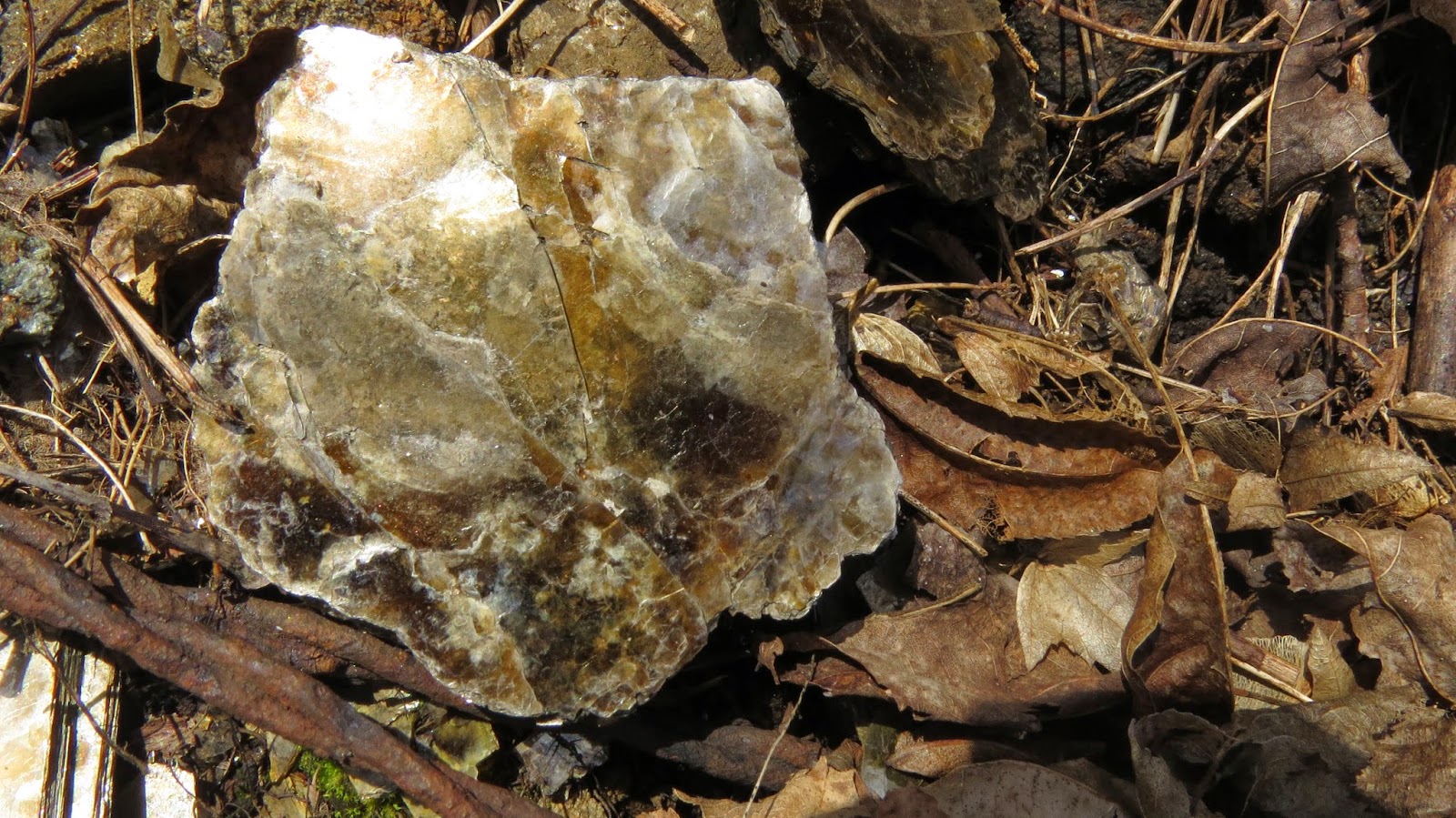Picton Harbour Inn-Prince Edward Point Bird Observatory
Friday, May 9th, 2014 sunny, 20C, a light breeze (significant rain overnight).
An early start to the day, 7 AM breakfast at the Inn...then off to see Arnie and Elly at the banding station, where a team of volunteers are banding the migrants which land on this side of Lake Ontario after flying all night. Large numbers of midges swarm along the shore, giving warblers, vireos, flycatchers, thrushes and swallows a much needed meal for the final stage of their long journey.
The Bird Observatory is on Prince Edward Point, within the National Wildlife Area. It is n excellent location for banding a great number and diversity of migratory birds.
Birds, birds, birds.......let's take a break. The above photo is taken at Morris Island Conservation Area, beside the Ottawa River, not too far from home. This break is brought to you by the Reptilian Appreciation Society...after all the birds evolved from predecessors of this sun-basking Garter Snake.
We arrived at the banding station to find it a beehive(closer to an aviary, really!) of activity. Volunteers emerging from the bush with cloth bags of birds (one to a bag), ready for the knowledgeable and steady hand of David Okines, master Ontario bird bander. David was able to describe the process, continue to band each bird and call out, to the data entry volunteer, a wealth of important data....gender, weight, age etc.
 |
| Yup, this is the humane way to weigh a wee songbird..they stay quiet. |
 |
| A Brown Thrasher gets a band |
 |
| This is one unhappy female Rose-breasted Grosbeak. David demonstrated an occupational hazard with this species...that GROS BEAK is used for defence. Once they grasp some flesh, they do not let go easily. It hurts! |
 |
| If you look closely, you might see some skin bits! |
 |
| This Lincoln Sparrow was far gentler. |
 |
| A Black and White Warbler gets a band. With songbirds like these which weigh just grams, a quick, knowing and gentle hand is necessary, |
 |
| A male Magnolia Warbler quietly awaits a volunteer to bag him. It also takes a lot of training to properly remove birds from mist nets. |
Most of the scientific data on bird populations is collected in this way. Targeted studies are also conducted by governments (less and less) and organizations like the National Audubon Society (US) and Bird Studies Canada.
We went out again during the afternoon, seeing so many species of freshly-arrived migrating birds, which avail themselves of southerly breezes to reduce energy during their long flights from Central and South America. They land in places like Prince Edward Point after their nighttime flight, eager to feed on the clouds of Midges which fill every nook and cranny amongst the scraggly shoreline vegetation. Some have already started to nest, like the Cliff Swallows at the eaves of the old lighthouse.
With a cold front due overnight, we decide to squeeze every minute out of this ideal day, ending along the magnificent cliffs which border the east side of Prince Edward Point, looking out into Lake Ontario. Here, a flotilla of migrating northern oceanic birds are feeding, including Long-tailed Ducks and Scoters (Surf and White-winged), also seaducks.
In the woods around the banding station (Bird Observatory):
 |
| Rose-breasted Grosbeak reunited with his mate after she ate a chunk of bird-bander |
 |
| Scarlet (ain't it?) Tanager |
 |
| Eastern Towhee (says "Drink your teaaaaaaaaaaaa" |
 |
| The Group surveys Lake Ontario, while Maureen smiles for the camera. |
 |
| At the tip of the point, under the eaves, remnant of an old lighthouse...Cliff Swallows at their mud nest |
 |
| After being banded, this Red-eyed Vireo looks menacingly at me...please don't let him go...YET! |
 |
Purple Cress
(Cardamine douglassii)
|
 |
| White Trout Lily (Erythronium albidum) with its more common yellow cousin just to the back and right |
 |
| Indeed, a Long-tailed Duck as attested to by the next photo... |
 |
From the cliffs of Prince Edward County-Lake Ontario
And onto Part 3....a day at Presqu'ile Provincial Park.
|














































